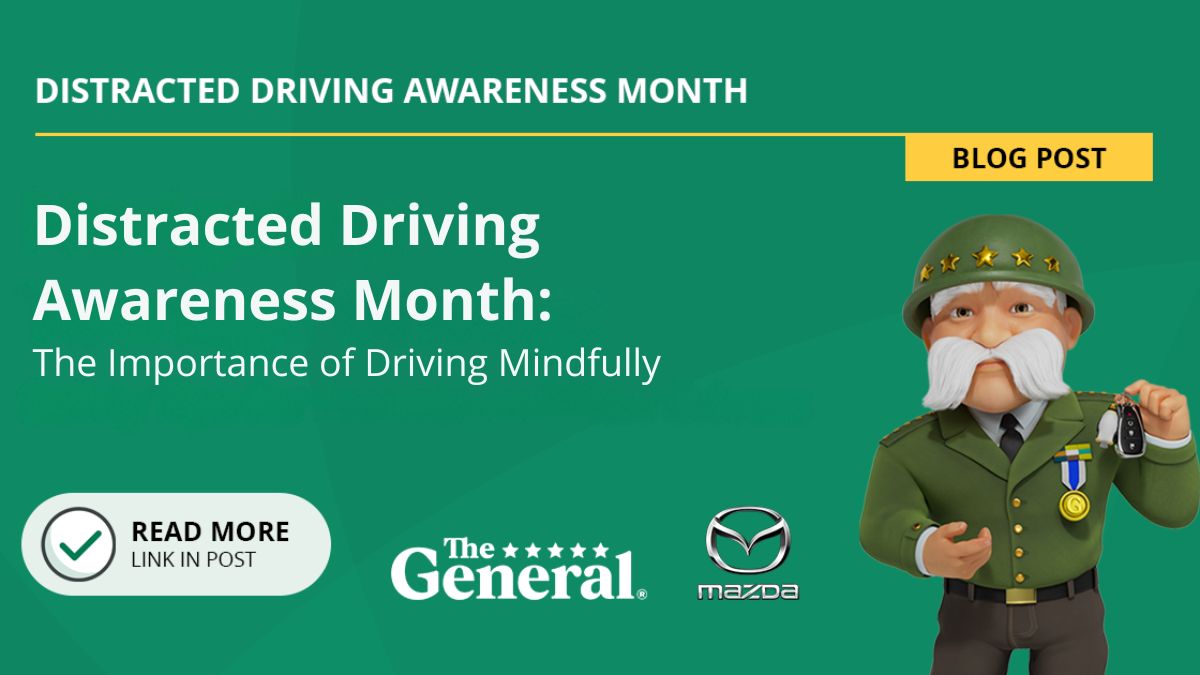No matter what your experience is behind the wheel, defensive driving is your best option. Whether you’re driving in the winter, a teen driver, or getting behind the wheel again after an accident, these defensive driving techniques can bring you extra peace of mind. Defensive driving promotes remaining calm and vigilant when behind the wheel so you can get to your destination safely and avoid road rage. Learn what defensive driving is below and how you can implement it to make your daily commute a little easier.
Defensive Driving Techniques
While you can’t eliminate all threats on the road, you can control how you respond to them. Defensive drivers anticipate driving risks and respond effectively to avoid accidents. You can supplement your driver’s education with defensive driving techniques, starting with the skills of preparing, observing, and reacting, so you’re prepared if there’s an emergency.
Keep Your Distance
Keep ample space between you and the car in front of you to give yourself time to respond safely if the driver makes a mistake. The amount of space needed varies depending on your speed, but generally, a three to four second gap between you and the other driver is considered safe. When the car passes an object in front of you, such as a car, tree, or signpost, count the number of seconds it takes you to reach that object to measure your distance. If you’re driving at high speeds, you might need to leave a bigger space to allow yourself more time to break.
Be Mindful of Your Surroundings
Be aware of your surroundings while you drive. Check your mirrors frequently and scan the road ahead of you for cars, cyclists, and pedestrians. Identify aggressive drivers and avoid them by pulling over, slowing down, or taking the nearest exit. By remaining aware of your surroundings, you’ll be able to react quickly if you notice any potential threats.
Don’t Assume Other Drivers Are Safe Drivers
Be considerate of other drivers but remember that they may not adhere to your safe-driving standards. While no driver is perfect, some vehicles are being operated by aggressive or distracted drivers that might run a red light or forget their turn signal. Anticipating another driver’s mistakes can help you adjust accordingly to avoid accidents.
Match Your Speed to Current Conditions
It’s easier to drive in less-than-perfect conditions when you drive at a slower speed. Use your best judgment and drive at a speed that’s appropriate for your driving conditions, even if it’s under the speed limit. Speed limits are created with ideal conditions in mind, so adjust accordingly when it’s raining or snowing to give yourself ample time to brake.
Stay Calm and Attentive
You’ll be ready to react to emergencies if you maintain a calm and attentive headspace while driving. If aggressive drivers are causing you to see red, try not to let their road rage rub off on you. Also, minimize distractions while driving so your full attention is on the road ahead.
If you’re looking for more safety tips, you might be a good candidate for an online or in-person defensive driving class.
Before you hit the road, make sure you have insurance. If you’re looking for affordable coverage, The General has a range of policies for a range of drivers. We believe that high-risk drivers and teenage drivers deserve comprehensive coverage at an affordable price. Want to learn more? Read some of our five-star reviews or explore safe driving tips on our blog.









